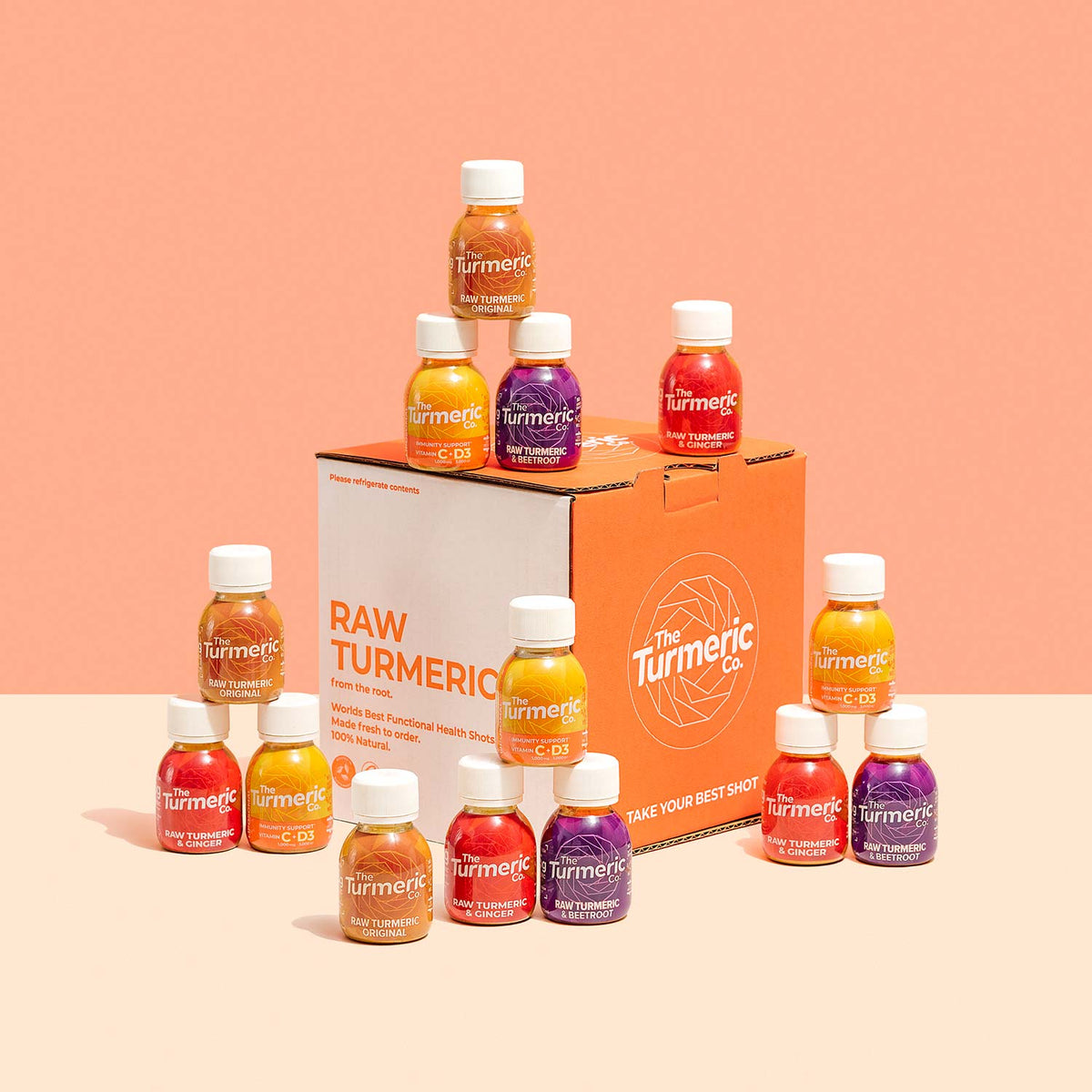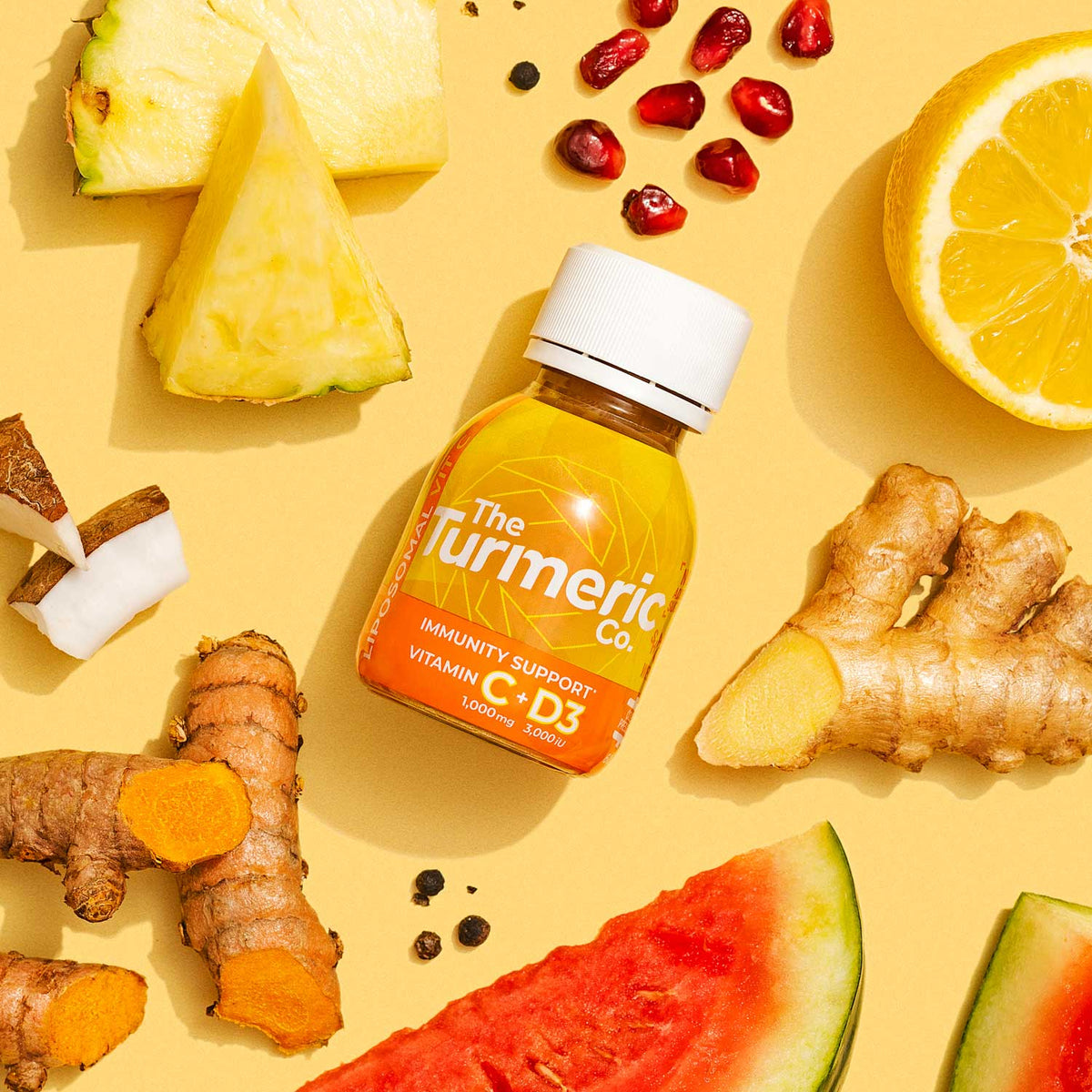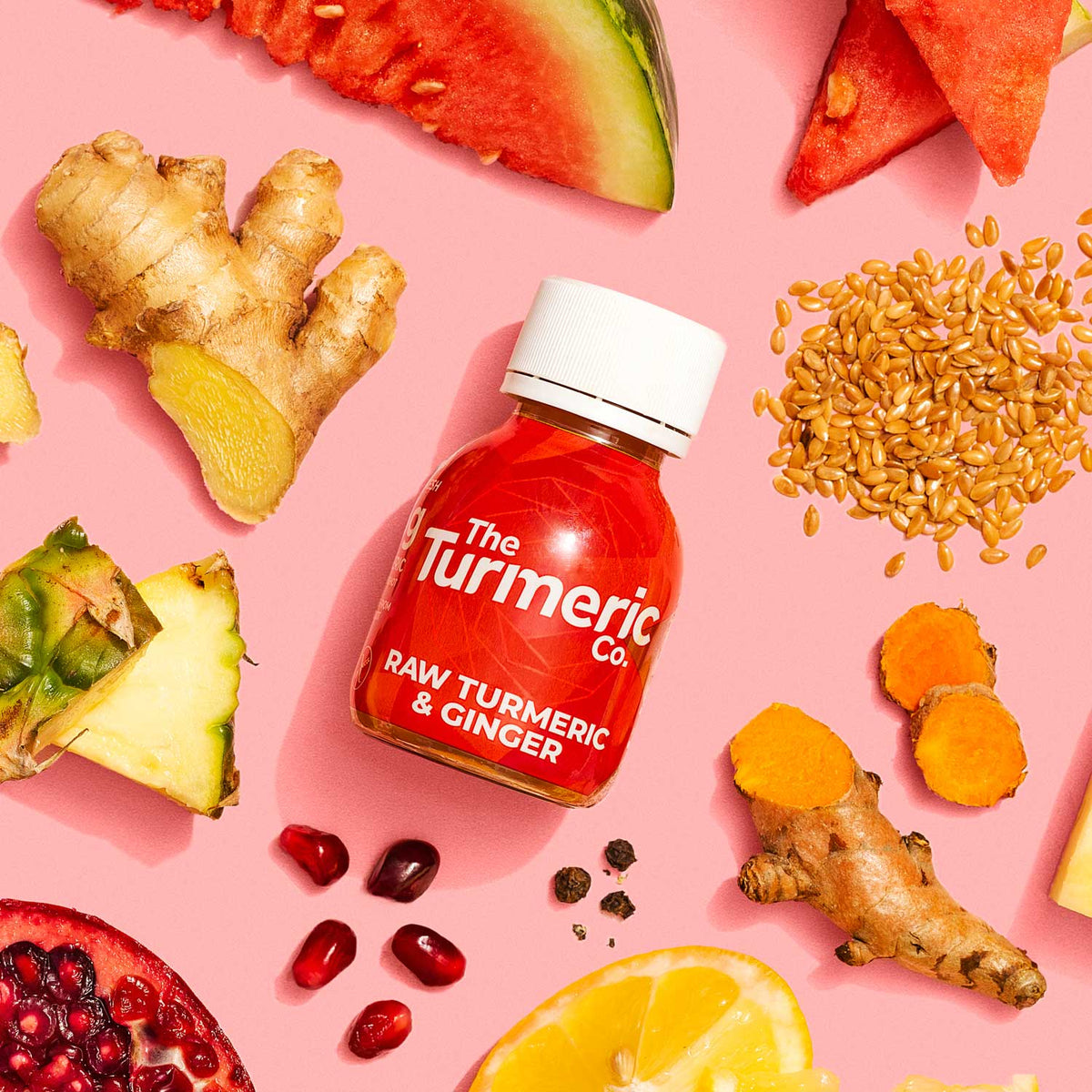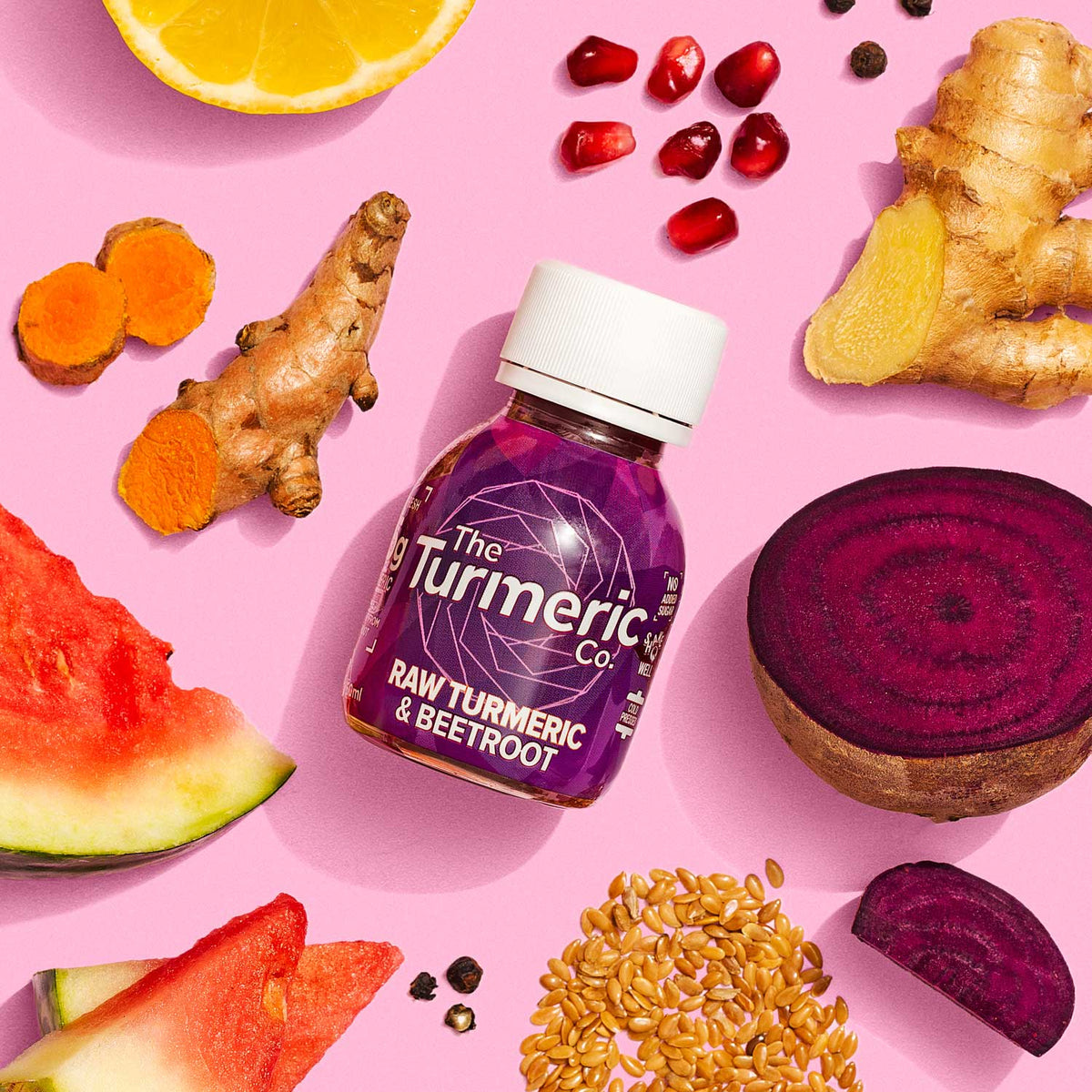Is Vitamin D3 the Same as Vitamin D: Everything you Need to Know
It may surprise you to know that vitamin D is made up of more than one vitamin. As with the vitamin B complex, vitamin D is a collection of fat-soluble vitamins which have a very similar chemical structure. Vitamin D2 and D3 are the main forms of vitamin D, both of which can contribute towards your daily requirements.
Vitamin D3 boasts a number of health benefits, but what exactly is vitamin D3 and what is the difference between vitamin D2 and D3? Are there any risk factors in taking vitamin D3 supplements? Find out everything you need to know here.
What is vitamin D3?
Also known as cholecalciferol, vitamin D3 is one of the primary forms of vitamin D which can be made when the skin is exposed to sunlight, as well as being present in a select number of foods, including:
- Oily fish
- Egg yolks
- Cheese
- Cow’s milk
- Liver

With the main food sources of vitamin D3 coming from animal sources, it can often be difficult for vegans and vegetarians to ensure they’re getting enough vitamin D3 in their diet – especially during the winter months when there is less exposure to sunlight.
However, it is possible to supplement a vegan or vegetarian diet to keep those levels high and ensure you’re reaping the vitamin D3 benefits.
What’s the difference between vitamin D2 and vitamin D3?
Vitamin D2 vs. vitamin D3: may the showdown commence!
The main difference between vitamin D2 and D3 is the sources that they come from. As we touched on earlier, vitamin D3 can be produced by the body when the skin is exposed to sunlight, as well as being present in some animal sources. Vitamin D2 on the other hand, comes from a few plant-based sources, including some types of wild mushrooms and fortified foods such as cereal.

Although both vitamins may come from different sources, they behave in the same way in the body. However, some studies have shown that vitamin D3 may be more effective at raising and sustaining blood serum levels than D2.
What are some of the vitamin D3 deficiency symptoms?
Vitamin D deficiency is a relatively common problem, especially during the winter months when our skin has less exposure to sunlight, as it is very difficult to get enough from diet alone.
Research suggests that some of the main signs that you might be lacking in the sunshine vitamin include:
If you notice any of these symptoms, then it’s important to consult your doctor. Always seek medical advice before making any rash decisions - a few simple tests can measure your levels of vitamin D to establish whether or not you are deficient, and a healthcare professional may be able to recommend a vitamin D supplement to help.
What are the benefits of vitamin D3?
Often referred to as ‘the sunshine vitamin’, vitamin D3 is converted into a hormone by the kidneys. Vitamin D3 works to aid the absorption of calcium and phosphorus, which is vital for maintaining strong teeth and bones.

By doing this, vitamin D3 can help to:
- Prevent bone diseases such as osteoporosis
- Reduce the risk of respiratory infections
- Aid in the management of type 2 diabetes
- Decrease the risk of cardiovascular diseases
So whether you incorporate a dose of vitamin D3 in supplement form (like a potent Raw Turmeric Vitamin C & D3 shot!) into your healthy lifestyle, or spend as much time as possible in the sun and consuming vitamin D-rich foods, an essential fat-soluble vitamin that will help to keep you feeling as healthy and vibrant as possible.
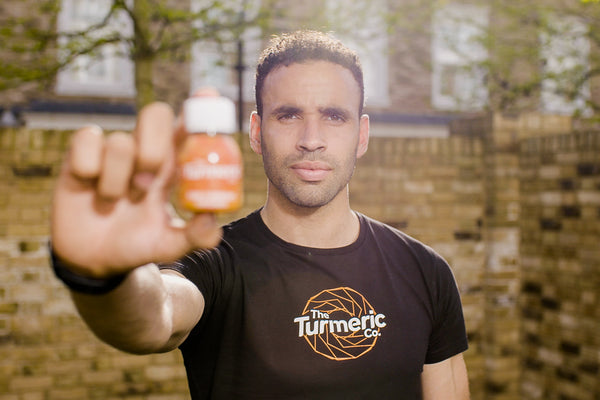
The Hal Robson-Kanu Guide To Fitness & Nutrition
Gain exclusive insight into habits that will make every day a healthy and fulfilling one.
